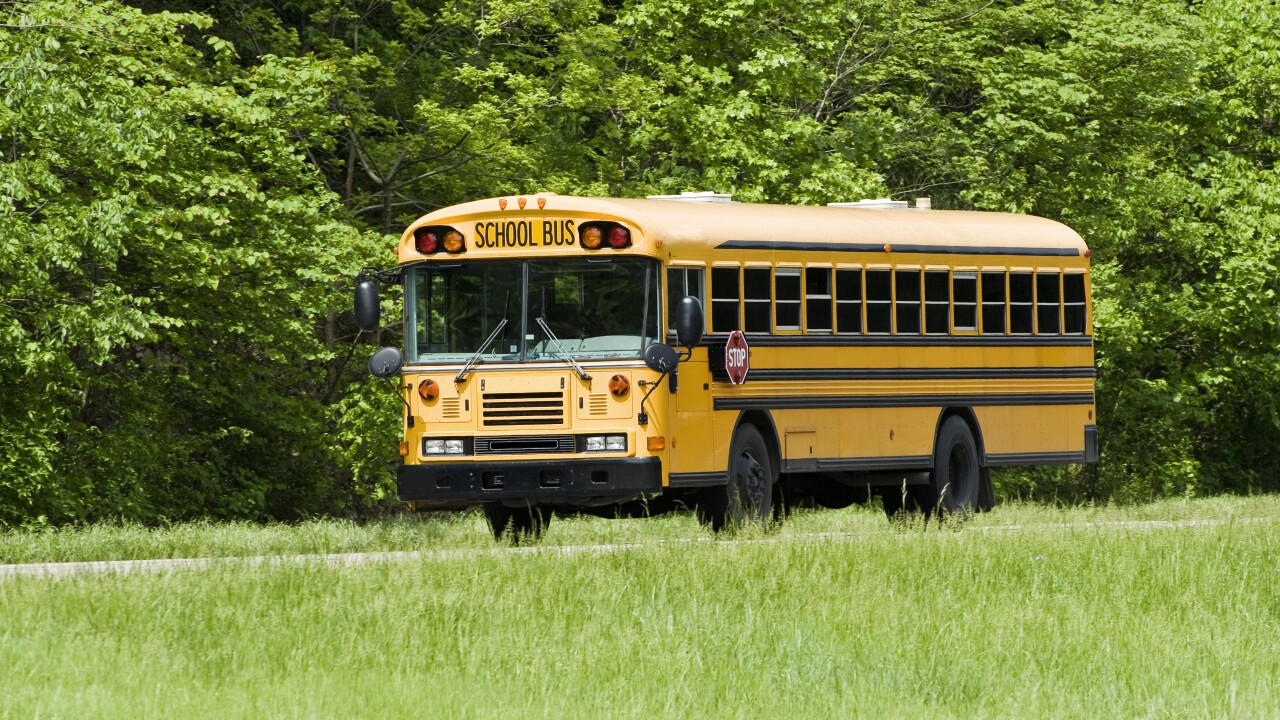WASHINGTON, D.C. — Last week, leaders recognized Child Passenger Safety Week to bring attention to a bill just introduced to Congress that’s aimed at making school buses safer.
The legislation focuses on seat belts, automatic braking, electronic stability control, and fire prevention.
According to the Department of Transportation, school bus fires happen an average of once a day.
The School Bus Safety Act would help with fire suppression and mitigation measures.
“A fire in a car, only one, two, three, four people have to get out of the car, so that can be done relatively quickly, but if there's a fire in a school bus, you have, you could have numerous children who need to get out of the bus quickly, so you want to contain the fire to the smallest space possible,” said Cathy Chase, President of Advocates for Highway and Auto Safety.
As far as seat belts go, eight states – including California, Florida and Texas – actually require school buses to have seat belts installed. Some are two-point seat belts that just go over the lap and can be difficult for the bus driver to see if a child is actually wearing it.
The new legislation is calling for three-point seat belts that go over the shoulder on all school buses. The School Bus Safety Act would help with funding on this, which many states have cited as a roadblock.
Installing three-point seat belts can cost up to 10,000 per bus. But advocates say the investment is worth it and is something the NTSB has been recommending for some time now.
“They go to the crash scenes. they find out what's happening, and then they make recommendations based on what they learned from crashes, and the effort to avoid future similar crashes,” said Chase.
In the meantime, Chase says parents and caregivers can talk to kids about staying safe on the school bus. You can find more information on that and the School Bus Safety Act at SafeRoads.org.




